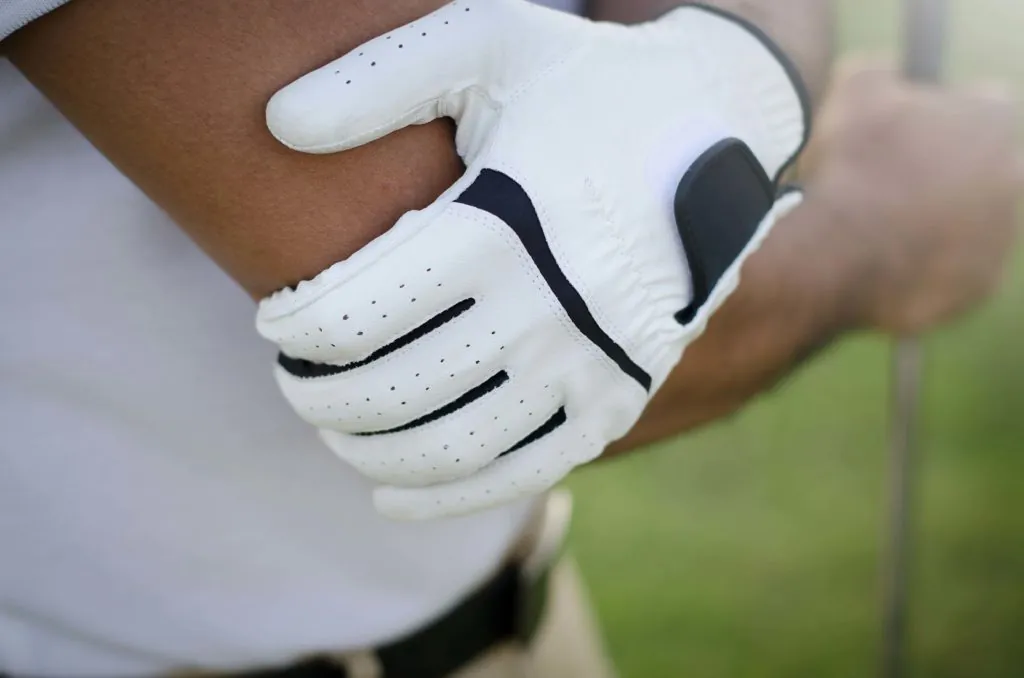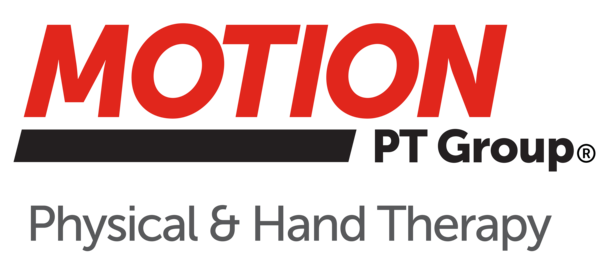
Golfer’s elbow, clinically known as medial epicondylitis, happens when the muscles and tendons that control your fingers, wrist, and elbow become damaged from overuse, resulting in pain and impaired function. Repeated, forceful wrist and finger motions are the most common causes of golfer’s elbow.
Although the condition is often associated with golf, any repetitive gripping motion, such as throwing a baseball or weightlifting, can cause similar symptoms. You can get golfer’s elbow even if you do not play golf. The condition may result from any sport or activity that involves repeated bending of the wrist and fingers.
Tennis elbow, or lateral epicondylitis, is like golfer’s elbow in that they are both types of tendonitis caused by repetitive motion, force, or vibration. While golfer’s elbow involves inflammation of the tendons that attach the forearm muscles to the inside of the elbow bone, tennis elbow is caused by inflammation of the tendons that run along the outside of the elbow.
Although you may be able to self-treat a mild case of golfer’s elbow with rest, ice, and pain relief medications, your doctor will most likely recommend physical therapy for moderate to severe cases. Not only can your physical therapist help you recover from golfer’s elbow, but they can also teach you how to lessen the risk of the condition reoccurring.
How is Golfer’s Elbow Diagnosed?
To diagnose golfer’s elbow, your doctor or physical therapist will review your medical history and perform a physical exam, including palpation of the elbow area. Your doctor may order an X-ray to eliminate other causes of the pain, such as an elbow fracture.
According to Mayo Clinic, symptoms of golfer’s elbow may include:
- Pain and tenderness. Usually on the inner side of your elbow, sometimes extending along the inner side of your forearm.
- Stiffness. Your elbow may feel stiff, especially when making a fist or flexing your wrist.
- Weakness. You may have a weakness in your hands and wrists and may find it difficult to grip or lift items.
- Numbness or tingling. These sensations might radiate into the fingers.
Most people do not need surgery to recover from golfer’s elbow. Physicians usually recommend conservative treatments like rest, icing, pain medications, and physical therapy for recovery. However, if your symptoms continue for more than six to twelve months, your doctor may advise surgery.
The Mayo Clinic reminds us that elbow pain is not always a case of golfer’s elbow. See your physician right away if your elbow is hot and inflamed, you have a fever, you cannot bend your elbow, the elbow looks deformed, or you think you may have broken a bone.
What to Expect from Physical Therapy for Golfer’s Elbow
The more your MOTION physical therapist knows about your specific situation, the better able they are to get you the relief you need and deserve. You can help by preparing for your first visit. Jot down detailed notes about your symptoms and anything that worsens or relieves the pain, and bring your notes with you. Throughout every visit, we encourage you to ask questions and provide feedback.
At MOTION, we believe in working in partnership with each client. We believe you know your body best, and we trust your input as crucial to successful recovery.
First Session
During your first visit, your physical therapist will conduct a physical examination and thorough review of your medical history, examine any notes from your doctor, and study any available diagnostic imaging. They may also perform some or all the following assessments:
- A pain assessment, including input from you about what makes the pain feel better or worse
- Palpation of your elbow
- Rotation of forearm with resistance
- Strength and range of motion measurements
- Selective functional movement assessment
- Posture evaluation
Your physical therapist will also want to know how the injury has affected your life, and what your goals are for recovery. They will discuss your job duties, hobbies, and other activities that may contribute to pain in your elbow.
Treatment Modalities Often Used to Heal Golfer’s Elbow
Physical therapy sessions often include both hands-on work, like soft tissue massage, and the use of various modalities. Sessions focus on reducing inflammation and pain, increasing flexibility, and restoring function to the injured area.
Your therapist may use several different modalities to treat your golfer’s elbow, including:
- Ice
- Heat
- Ultrasound to increase blood flow and promote tissue healing
- Transcutaneous electrical stimulation (TENS) to reduce pain and increase circulation
- Kinesiology taping to improve blood and lymphatic flow and reduce swelling
- Iontophoresis, which delivers medication through the skin via electrodes
- Active release technique (ART®), in which an ART certified therapist applies pressure to abnormal tissue in combination with specific movements to break down scar tissue and adhesions
- Cross friction massage to break down scar tissue and increase circulation
- Exercises to improve strength and range of motion to the elbow, forearm, wrist, shoulder, and surrounding muscles
- Myofascial decompression (cupping) to relax tight muscles and increase blood flow.
- Dry needling, in which certified dry needling practitioners use a thin needle to penetrate muscular trigger points that are causing pain and inhibiting movement. A study published in the Journal of Exercise Rehabilitation found a 40-year-old male elite athlete got relief from his chronic golfer’s elbow after just one session of dry needling, and after a few sessions had significant pain relief and improved mobility.
- Elbow bracing or support sleeves to relieve strain on the tendon
Throughout each session, your physical therapist will educate you on how you can help speed the healing process and prevent a recurrence. This includes a home exercise program, ways to improve form and posture, and training on how to modify your movements to avoid injury.
How Long Does Recovery Take?
Recovery time for golfer’s elbow varies for each person, depending on factors like age, overall health and fitness, the seriousness of the injury, and adherence to the physical therapy treatment program.
Many clients see improvement within a few weeks of beginning therapy and may be able to resume normal activities in four to six weeks. In more severe or chronic cases, recovery can take three to six months.
If symptoms have shown no improvement after six weeks, your doctor may suggest cortisone injections or surgery.
Why Consider MOTION for Recovery from Golfer’s Elbow?
Since 2015, MOTION has provided transformative physical and occupational therapy services to clients of all ages. At MOTION, our mission is to improve the lives of every client as we help them get back to what moves them.
MOTION physical therapists are committed to helping our clients live more fulfilling, active lifestyles. One of our areas of expertise is working with athletes of all ages. We understand the frustration of living with a condition that is limiting your enjoyment of a beloved sport or activity.
If your symptoms are stemming from a particular sport, like golf, we will observe your style and motion and suggest ways to protect your elbow. We will teach you how to take what you learn at your physical therapy sessions home, so you can continue to strengthen your body, improve your quality of life, and get back to the golf course quickly and safely.
If you are diligent in practicing home therapy as recommended by your physical therapist, you will progress quickly, increase your chances for long-term recovery, and lessen the risk of a recurrence.
Contact us today to schedule an in-clinic or telehealth appointment.
